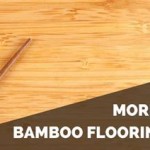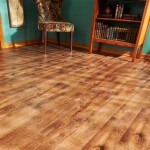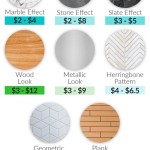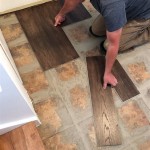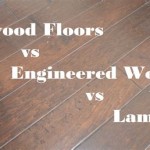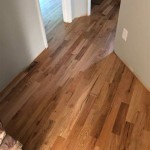The Benefits of Moulding for Laminate Flooring
Laminate flooring is a popular choice for many homeowners due to its durability, affordability, and ease of installation. However, one element that can significantly enhance the look and functionality of laminate flooring is moulding. Moulding is a versatile material that can be used to create a variety of decorative and practical accents, adding both style and functionality to your flooring.
Types of Moulding for Laminate Flooring
There are several different types of moulding that can be used with laminate flooring, each serving a specific purpose and adding a unique touch to your space. Some of the most common types include:
- Baseboard moulding: This type of moulding is installed along the bottom edge of the wall, where the floor meets the wall. It helps to conceal any gaps between the floor and the wall, providing a clean and finished look.
- Quarter-round moulding: Quarter-round moulding is similar to baseboard moulding but is smaller and has a rounded profile. It is typically used to cover the edges of flooring where it meets other flooring surfaces, such as transitions between different rooms or hallways.
- T-moulding: T-moulding is a type of transition moulding used to connect two different types of flooring, such as laminate and carpet. It has a T-shaped profile that fits into the gap between the two flooring materials, creating a smooth transition.
- Reducer moulding: Reducer moulding is used when transitioning from a higher flooring surface to a lower one. It has a sloped profile that gradually reduces the height of the transition, providing a safe and gradual transition between the two surfaces.
- End cap moulding: End cap moulding is used to finish the exposed ends of laminate flooring, such as at the end of a run or around obstacles like stairs or pillars. It provides a clean and finished look to the flooring.
Benefits of Using Mouldings for Laminate Flooring
In addition to enhancing the visual appeal of laminate flooring, moulding also offers several practical benefits, including:
- Hiding imperfections: Mouldings can help to conceal any imperfections in the flooring or walls, such as gaps or uneven edges. They create a clean and professional-looking finish, making your space look more polished and complete.
- Protecting the edges: Mouldings can provide protection for the exposed edges of laminate flooring, preventing damage from moisture, wear, and tear. They create a barrier that helps to extend the life of your flooring.
- Concealing cables and wires: Mouldings can be used to cleverly hide unsightly cables and wires, creating a more organized and clutter-free appearance. This is especially beneficial in areas where multiple electronic devices are present.
- Adding architectural interest: Mouldings can add architectural interest and depth to your space. They can be used to create decorative accents, such as chair rails or picture frames, or to highlight specific areas of the room.
- Increasing home value: Well-installed mouldings can enhance the overall value of your home. They add a touch of elegance and sophistication, making your space more appealing to potential buyers.
Choosing the Right Moulding for Your Laminate Flooring
When choosing moulding for your laminate flooring, there are several factors to consider:
- Style: The style of the moulding should complement the overall design of your space. Consider the architectural style of your home and the existing décor to select mouldings that enhance the aesthetic.
- Material: Mouldings come in a variety of materials, including wood, MDF, and PVC. Choose a material that is durable, easy to maintain, and compatible with your laminate flooring.
- Color and finish: The color and finish of the moulding should match or complement the laminate flooring. You can opt for matching shades for a cohesive look or contrasting colors to create a bolder statement.
- Functionality: Consider the specific purpose of the moulding and choose the appropriate type accordingly. For example, if you need to conceal gaps, baseboard moulding would be a suitable option.
- Installation: Some mouldings are easier to install than others. If you plan on DIY installation, choose mouldings that are specifically designed for laminate flooring and require minimal tools or experience.
Conclusion
Mouldings can transform the look and functionality of laminate flooring, adding both style and practicality to your space. By choosing the right type of moulding for your needs and installing it properly, you can create a cohesive and visually appealing floor that enhances the beauty and value of your home.

Benefits Of Installing Laminate Floor Molding Servicewhale

Moldings Guide Floor Molding Styles And Types

Advantages And Disadvantages Of Laminated Floor

Laminate Flooring Builddirect

Floor Trim The Ultimate Guide

Laminate Flooring Contractors Installation Bob S Floors

What Is Laminate Flooring Know Cost Pros Cons Types Brands 2024

Hdf Laminate Laminated Flooring 12mm Waterproof Molding Pressed Wood Floor Made In Com

T Molding For Laminate Flooring Select Surfaces

Laminate Flooring In River From Moulding Millwork
See Also
